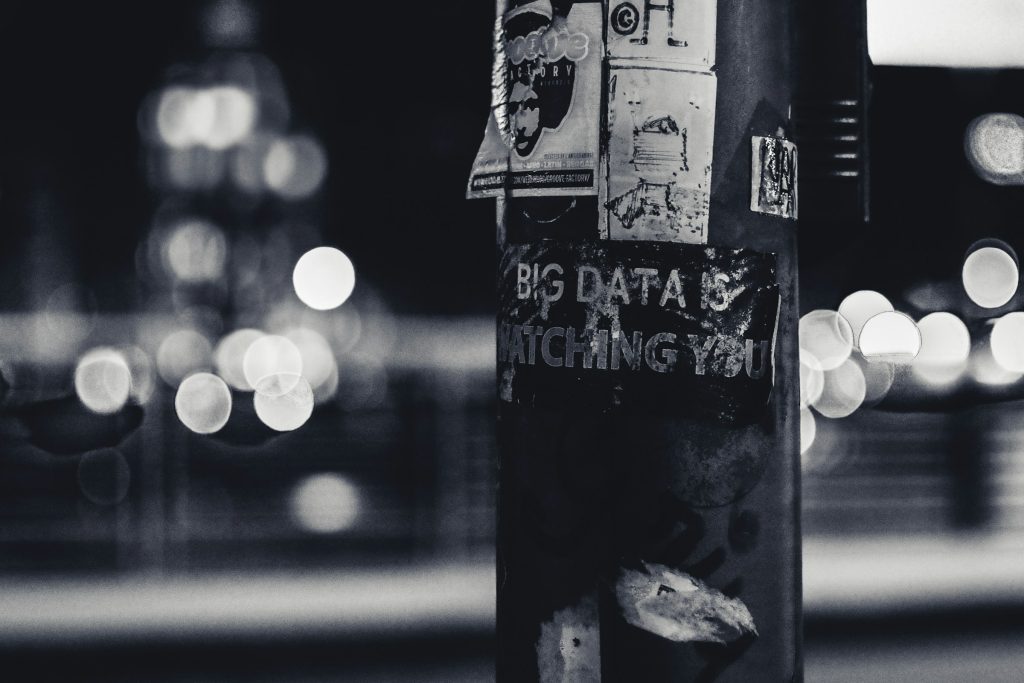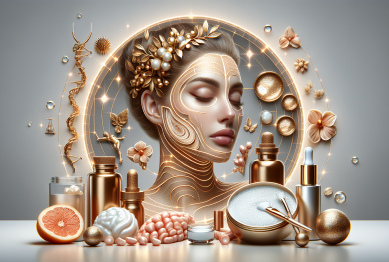In a world where our phones are constantly buzzing, and notifications seem never-ending, it’s no wonder that the concept of a digital detox benefits is gaining popularity. Whether it’s through social media, emails, or streaming platforms, our daily lives have become intertwined with technology. While technology undoubtedly brings convenience and connection, it also comes with drawbacks, especially when it comes to our mental and emotional well-being. This is why unplugging—through digital detoxes—is becoming more essential than ever.
In this article, we’ll explore why digital detoxing is crucial for your health, how it works, and simple strategies to incorporate it into your daily routine.

Why Digital Detoxing is Becoming a Trend
The modern world is more connected than ever before, but with this constant connection comes an overload of information. A 2023 survey by Statista revealed that the average person spends nearly seven hours a day looking at a screen. From work to entertainment, technology dominates our time and attention. This constant immersion in the digital world has been linked to increased levels of anxiety, stress, and even sleep problems.
The rise of digital detoxes reflects a growing need to disconnect, slow down, and refocus on the things that truly matter. Many wellness experts believe that taking regular breaks from screens can improve mental clarity, emotional balance, and overall well-being. Digital detoxes are a way of hitting the reset button for your mind and body.
The Benefits of a Digital Detox
Unplugging from technology offers a variety of benefits for both your physical and mental health. Here are some of the key reasons why a digital detox is essential for your well-being:
1. Reduces Stress and Anxiety
One of the biggest benefits of a digital detox is its impact on stress levels. Constant notifications, emails, and the pressure to stay connected can contribute to feelings of overwhelm and anxiety. A study by the American Psychological Association found that “constant checkers”—those who frequently check their devices—report significantly higher levels of stress compared to those who unplug regularly.
2. Improves Sleep Quality
Exposure to blue light from screens, especially before bedtime, can interfere with the production of melatonin, the hormone that regulates sleep. By reducing screen time, particularly in the evening, you can improve both the quality and duration of your sleep. This leads to better rest and more energy throughout the day.
3. Boosts Focus and Productivity
We often think of technology as a tool for increasing productivity, but it can also be a major source of distraction. Every ping or notification diverts your attention and interrupts your workflow. By unplugging, you can regain focus and work more efficiently. In fact, a study by the University of California, Irvine found that it takes an average of 23 minutes to refocus after an interruption. Taking breaks from technology helps you stay focused and enhances your ability to complete tasks without distractions.
4. Encourages Real-World Connections
Digital connections often come at the expense of real-world interactions. A digital detox encourages more face-to-face communication, whether it’s with friends, family, or coworkers. These personal interactions are essential for building strong relationships and enhancing emotional well-being. By stepping away from screens, you can nurture meaningful connections in your life.
5. Promotes Mindfulness and Self-Reflection
Constant digital stimulation makes it difficult to be present in the moment. A digital detox allows you to slow down and become more mindful of your surroundings. Whether you’re enjoying a meal, going for a walk, or spending time with loved ones, unplugging helps you focus on the present moment and fosters self-reflection.
How to Incorporate a Digital Detox into Your Life
While a complete break from technology might not be realistic for everyone, there are simple ways to incorporate digital detox practices into your daily routine. Here are some strategies to help you unplug and recharge:
1. Set Boundaries with Screen Time
Start by setting clear boundaries around your screen time. This might mean limiting your phone use to certain hours of the day or setting specific times when you’ll check your email. Apps like Screen Time for iOS and Digital Wellbeing for Android can help you monitor your screen usage and set limits on how much time you spend on different apps.
2. Create Tech-Free Zones
Designating certain areas of your home as “tech-free zones” is a great way to disconnect. For example, make your bedroom a screen-free sanctuary, or designate family meals as a no-phone time. By creating these boundaries, you can enjoy uninterrupted relaxation and quality time with others.
3. Schedule Digital Detox Days
Consider scheduling one or more digital detox days each month where you completely unplug from your devices. Use this time to engage in offline activities like hiking, reading, or spending time with loved ones. These days can serve as a reset for your mind and body, helping you return to your devices with a clearer head.
4. Use Airplane Mode
If you’re not ready to commit to a full digital detox, start by using “airplane mode” for a set period during the day. This feature disables all incoming notifications, allowing you to work, relax, or socialize without distractions. Airplane mode is especially helpful during meals, exercise, or focused work periods.
5. Prioritize Offline Hobbies
Filling your time with offline hobbies and activities can make it easier to disconnect from screens. Whether it’s picking up a new book, starting a creative project, or getting into gardening, hobbies provide a sense of accomplishment and relaxation that screen time can’t replicate.
The Future of Digital Detoxing
As our reliance on technology grows, so too will the need for regular digital detoxes. Wellness trends in 2024 indicate a growing movement toward “intentional unplugging” as more people recognize the impact of constant connectivity on their mental and physical health.
In response to this, businesses and wellness retreats are now offering “digital detox packages” aimed at helping individuals disconnect from technology and reconnect with themselves. These retreats are becoming increasingly popular as people look for structured ways to step away from the digital world and recharge in a natural, tech-free environment.
Conclusion
The rise of digital detoxing highlights the importance of finding balance in an increasingly connected world. Whether it’s reducing stress, improving sleep, or enhancing real-world relationships, the benefits of unplugging are clear. By incorporating small digital detox practices into your daily life, you can enhance your well-being, boost your mental clarity, and create a healthier relationship with technology.
References:
- Statista. (2023). Time Spent on Digital Devices: A 2023 Report. Available at: Statista
- American Psychological Association. (2023). Stress in America: The Role of Technology. Available at: APA
- University of California, Irvine. (2023). The Impact of Digital Distractions on Focus. Available at: UC Irvine
- Mayo Clinic. (2023). The Importance of Unplugging for Mental Health. Available at: Mayo Clinic
- Harvard Health. (2023). How Blue Light Affects Sleep. Available at: Harvard Health









